Selected Plants of Navajo Rangelands
Prickly pear
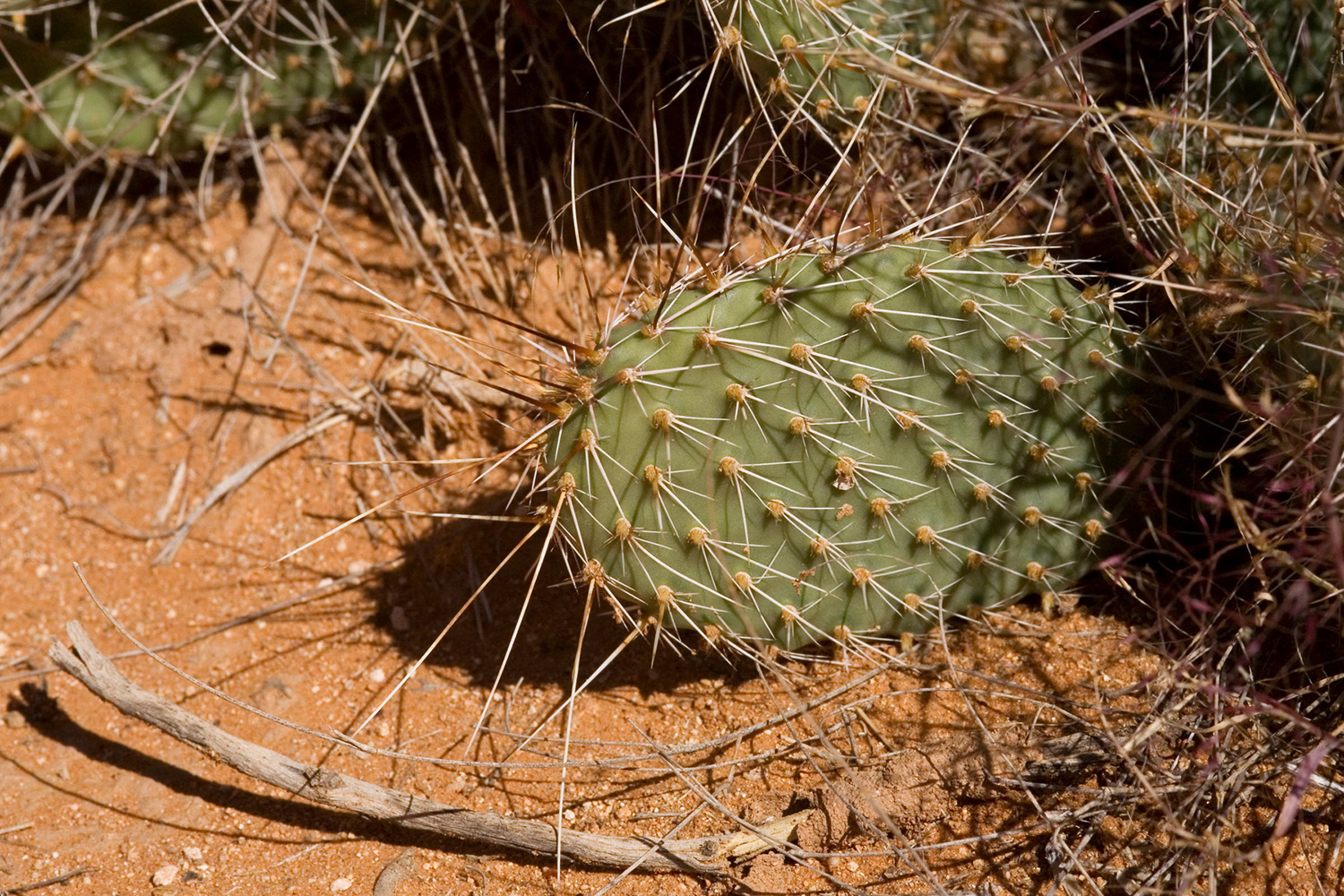
Prickly pears produce familiar pink-red fruits and pads, both very thorny. These plants provide shelter for wildlife, but may become invasive on rangelands because livestock do not find them highly palatable.
The plants are mainly 1 to 2 feet tall and can spread into wide colonies by layering and sprouting from fallen segments. The flowers are large, with numerous yellow, and sometimes pink or violet petals. Prickly pear may displace desirable vegetation if not properly managed. It is often a problem on overgrazed rangeland. The spines of prickly pear make it and other desirable vegetation growing underneath unavailable to livestock. However, it is palatable to livestock once the spines are removed.
Species that grow in or near Navajo rangelands include:
- Opuntia polyacantha, the plains prickly pear, which provides protection and cover for small wildlife.
- Opuntia chlorotica, pancake prickly pear or clockface prickly pear, which has a trunk like a tree.
- Opuntia engelmannii, Englemann prickly pear, which has larger paddles than other species.
- Opuntia macrocentra, purple prickly pear.
- Opuntia phaeacantha, brown-spined prickly pear, which grows in a sprawling formation along the ground.
- Opuntia pottsii, Pott's prickly pear, whose fruits appear elongated compared to other species.
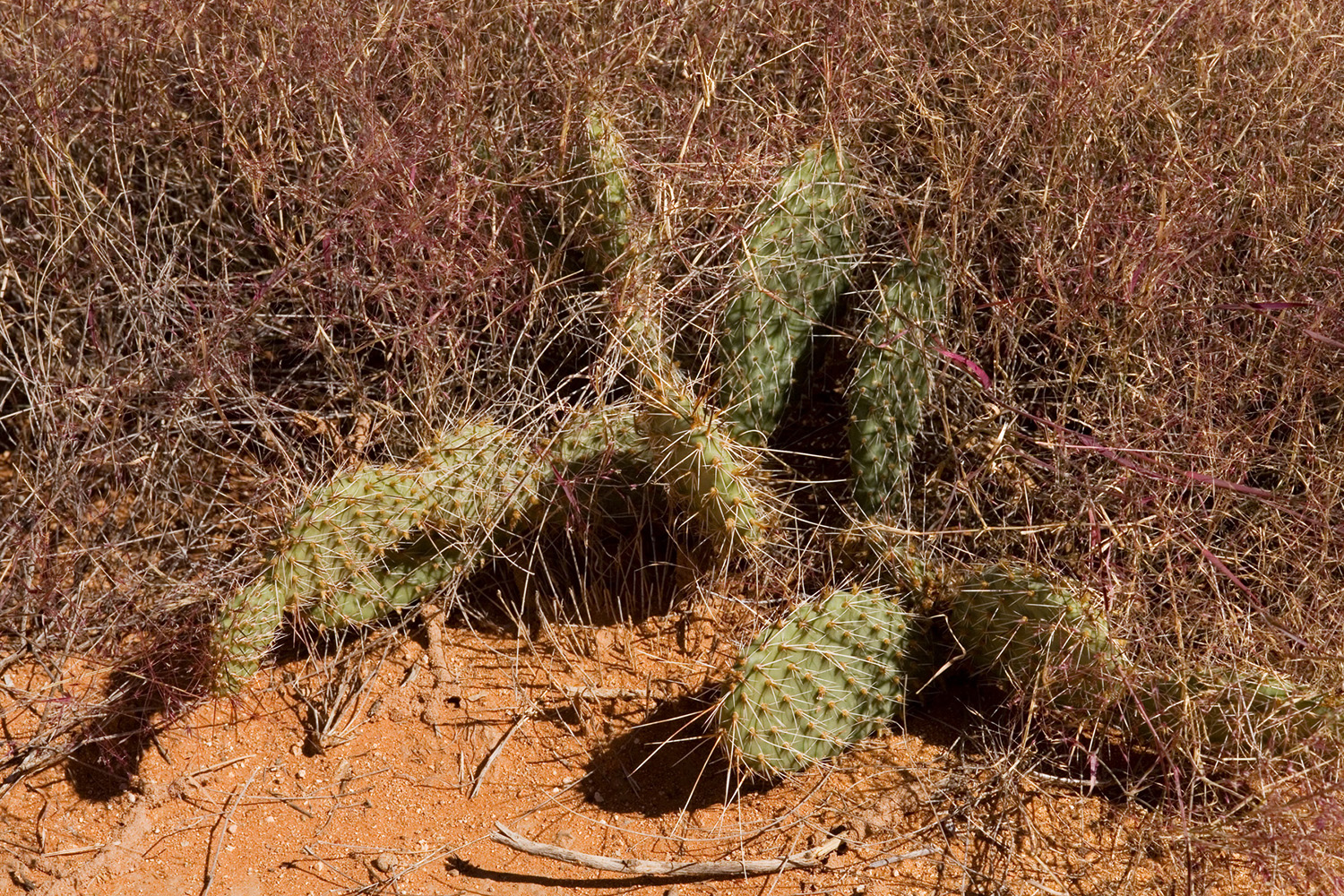
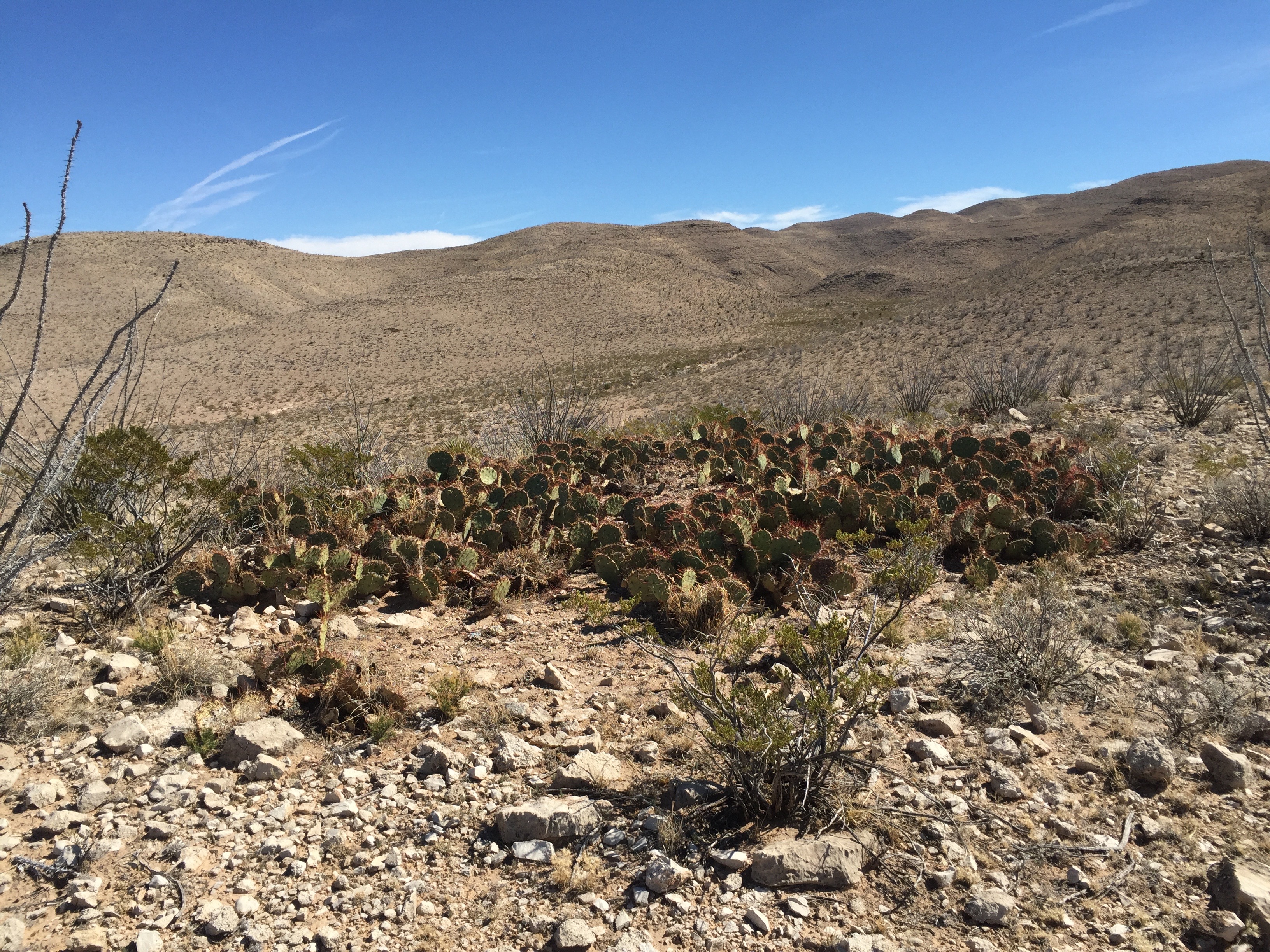
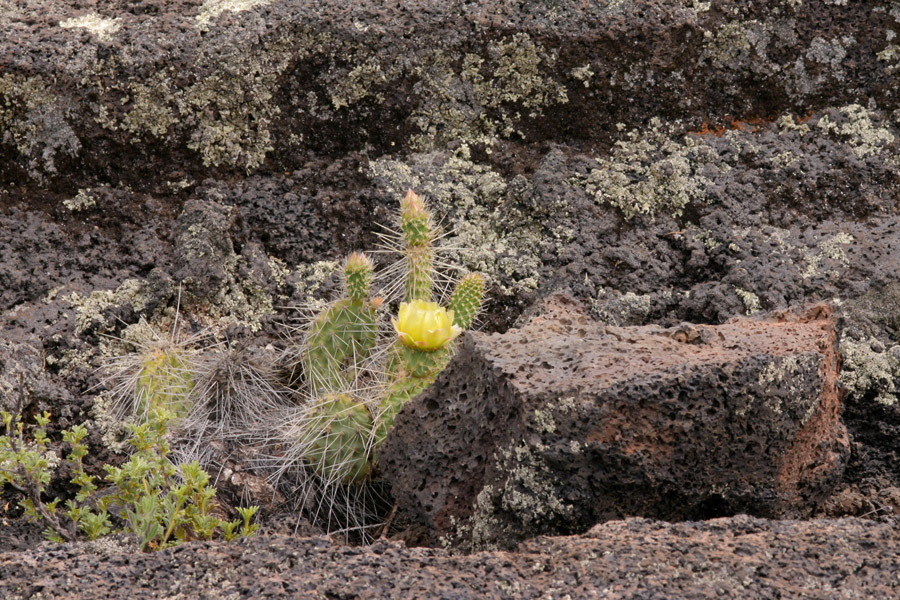

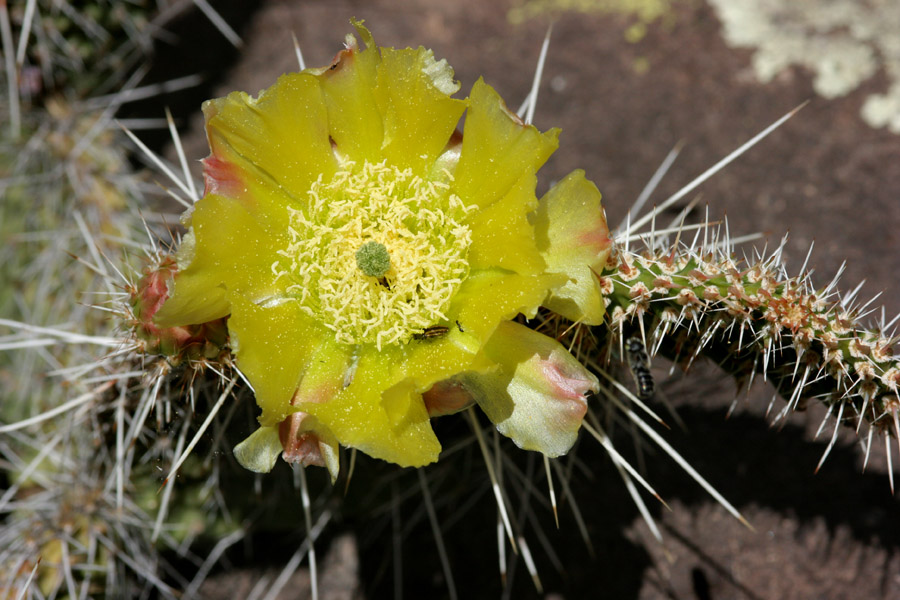
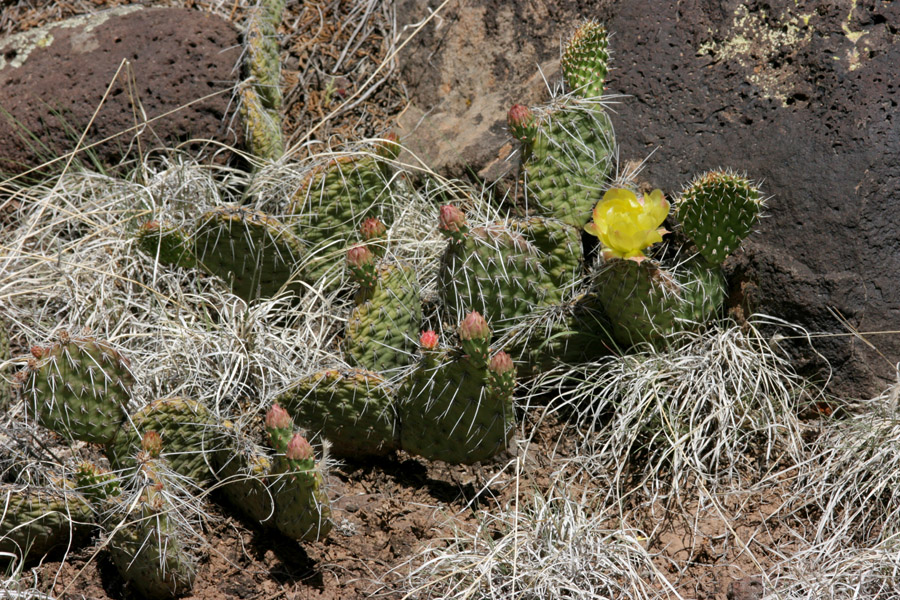
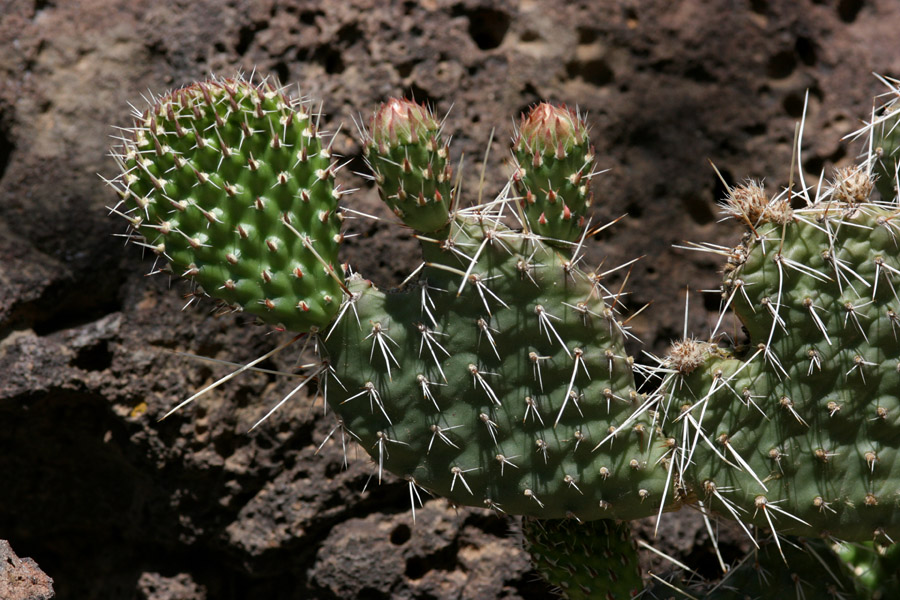
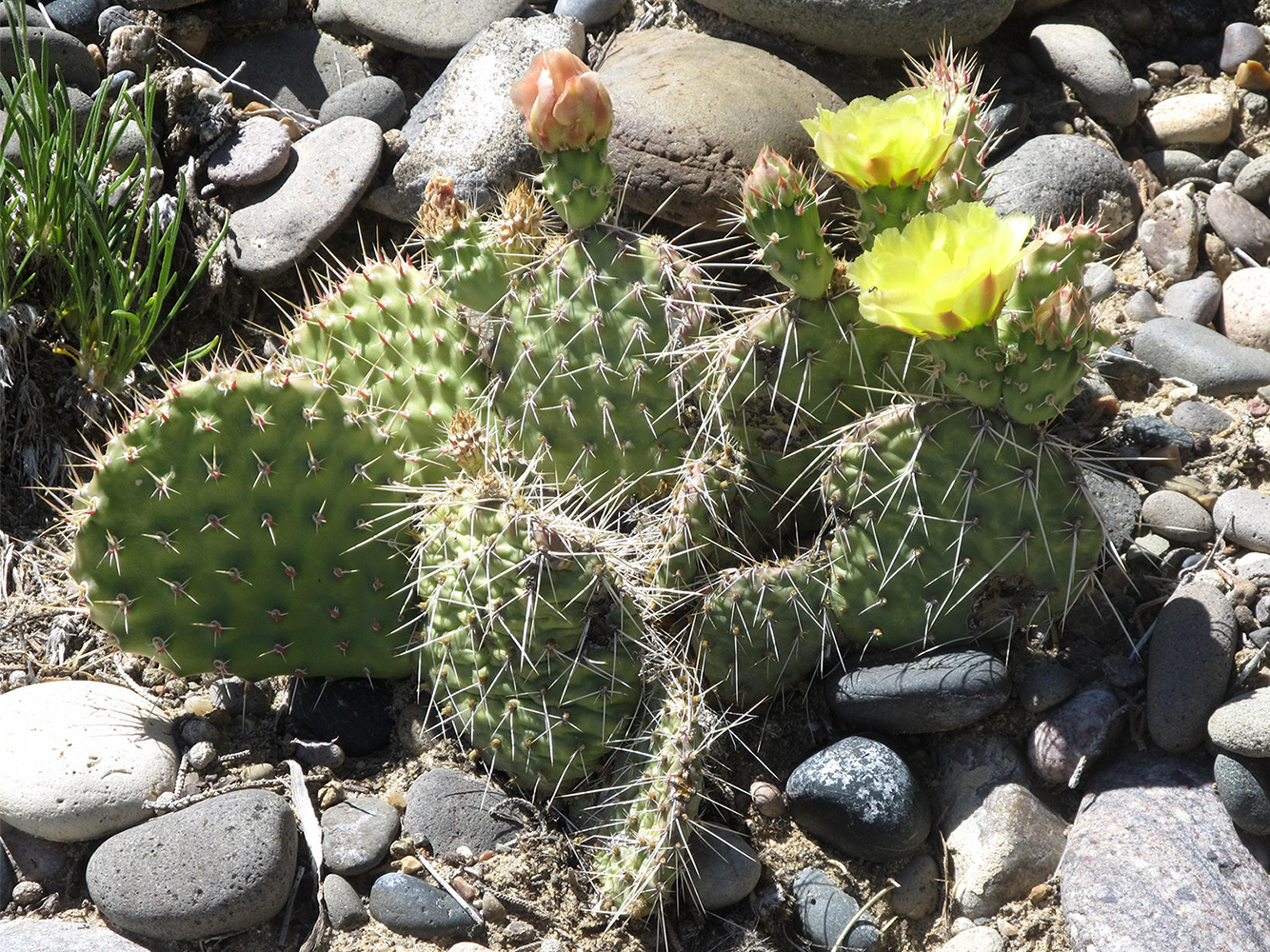
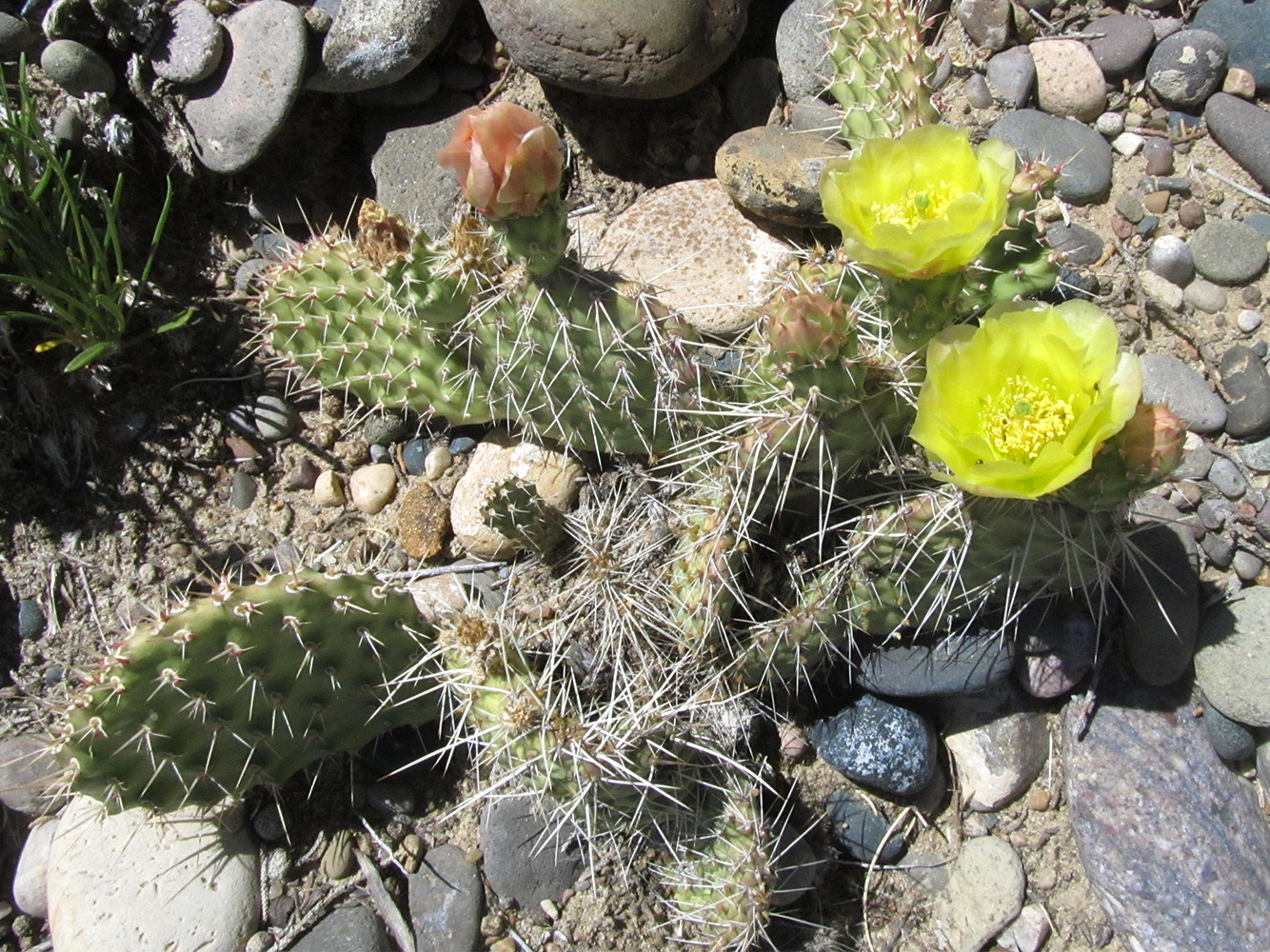
©2018 NMSU Board of Regents.
Individual photographers retain all rights to their images.
Partially funded by the
Western Sustainable
Agriculture Research and Education Program
(westernsare.org; 435.797.2257),
project EW15-023.
Programs and projects supported by Western SARE are
equally open to all people.